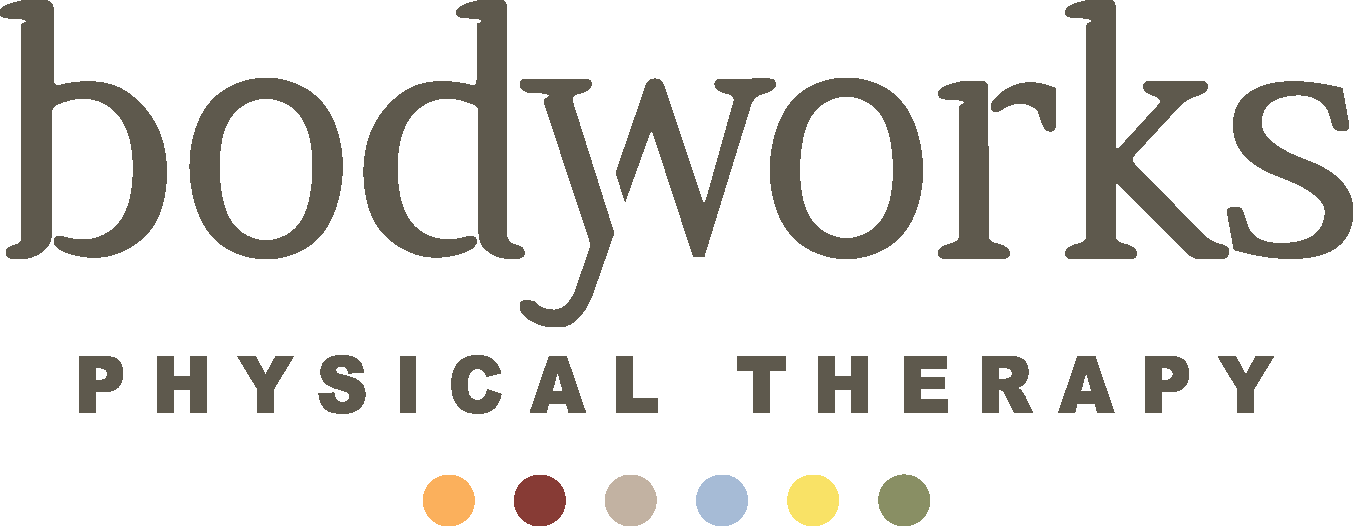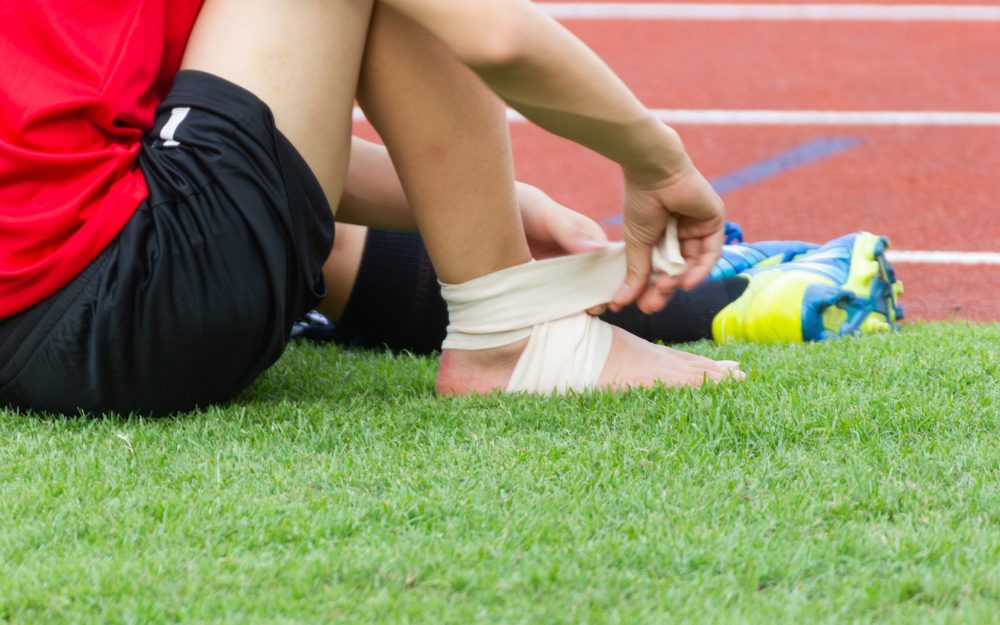Engaging in sports and physical activities brings immense joy and numerous health benefits. However, it is not uncommon for athletes and active individuals to experience injuries along the way. Understanding and addressing these injuries is crucial for a successful recovery and a safe return to sports.
In all these common sports injuries, physical therapy is a key component of the recovery process. Physical therapists are skilled in evaluating, treating, and preventing sports-related injuries. They employ a combination of therapeutic techniques, exercises, and personalized care to facilitate healing, restore function, and guide athletes toward a safe and successful return to their respective sports.
Sprains
Sprains occur when ligaments, which connect bones to bones, are overstretched or torn. Among sports injuries, the ankle sprain stands out as one of the most common. It frequently affects athletes engaged in lateral, high-speed sports like basketball and soccer. The severity of sprains is graded on a scale of 1 to 3, and the healing time can vary from 2 weeks to 6 months depending on the specific body part affected. Ligaments play a vital role in joint coordination, underscoring the importance of initiating mind-muscle connection and proprioceptive training early in the recovery process. These measures accelerate the return to sports and help prevent re-injury.
Strains
Strains occur when muscles and tendons, which attach muscles to bone, experience tearing or excessive stretching beyond their capacity. Among athletes, the most prevalent muscle strains involve the running muscles, including the hamstrings (located at the back of the thigh), the quadriceps (situated at the front of the thigh), and the gastrocnemius (calf muscle). Strains are a symptomatic-based rehab and require a proper progression of exercise and loading to both return to sport and prevent re-injury. I’m talking to you, softball players.
Elbow Pain
The elbow is home to many small muscles involved in the movement of the wrist and is commonly injured when overworked. The most common elbow injuries are tennis elbow (lateral epicondylitis, outside of elbow) and golfer’s elbow (medial epicondylitis, inside of elbow). When overused, these tendons can become inflamed where they attach to the elbow and can be quite painful. It is important to reduce inflammation followed by strengthening of the involved muscles and tendons to prevent overuse in the future. These elbow injuries are “sticky” and tend to linger around longer than welcomed – sometimes even if you do everything right.
Shoulder Pain
One of the most common shoulder injuries is impingement. Impingement is when the tendon(s) of the shoulder joint rub or get “pinched” during movement of the shoulder. Impingement is common in repetitive, overhead-based activities such as swimming, baseball, and tennis. An impinged shoulder will often hurt on the upper/outside portion or the front/inside of the shoulder and is often painful to sleep on. Impingement can be a result of many different causes and will require a thorough examination to properly treat.
Shin Splints
Shin splints, also termed Medial Tibial Stress Syndrome, refers to the pain along the inside of the shin. Shin splints are most common in running sports; primarily sprinting and jumping sports such as track and field, basketball, and soccer. Shin splints often require taking a break from the painful activity for a short period of time followed by isolated strengthening and mobility exercises based on your needs. Shin splints are common in the spring when athletes return to sport and may progress too quickly.
Start Your Journey Today
Ready to get back in the game and overcome your sports injuries? Our dedicated team of physical therapists is here to help you on your journey to recovery. With our expertise in evaluating, treating, and preventing sports-related injuries, we’ll develop a personalized plan tailored to your specific needs. Don’t let injuries hold you back. Take the first step towards recovery by scheduling an appointment with our experienced physical therapy team today. We’ll guide you through the healing process, restore your function, and get you back to doing what you love – playing sports. Get back in the game stronger and safer than ever before.

